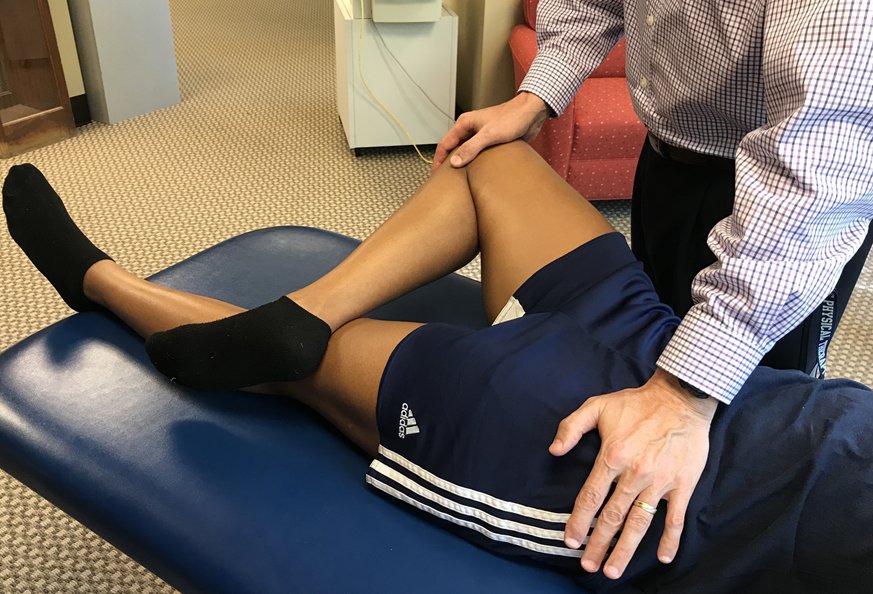Hip psoas tendon
A targeted procedure to address pain and dysfunction caused by inflammation or injury to the psoas tendon, restoring hip flexibility and strength.
At a glance
About
Injury or overuse can cause the tendon to become inflamed, running, or rising from a seated position.
Effective
Referrals
Not Needed
Booking
Instant-book option available
Cost
-
Lincolnshire £ 6,500
Nature of hip psoas tendon treatment
This treatment targets dysfunction of the psoas tendon, a major hip flexor structure often involved in snapping hip syndrome or chronic groin pain. Interventions may include guided injections to reduce inflammation or surgical release to alleviate mechanical irritation.
Common causes of psoas tendon issues
Psoas tendon issues are typically caused by overuse or sudden strain, including:
Overuse: Repetitive hip flexion in runners, dancers, or athletes
Tendon thickening: From chronic tension or scar tissue buildup.
Anatomical tightness: Naturally tight psoas leading to friction over bones.
Hip joint abnormalities: Contributing to altered tendon mechanics.
Trauma or strain: Sudden force or movement leading to tendon irritation.
Diagnosing suitability for hip psoas tendon treatment
Diagnosis involves clinical examination and imaging, such as ultrasound or MRI, to detect inflammation, thickening, or snapping of the psoas tendon. Your clinician will also assess movement patterns and the history of symptoms. Suitability for this treatment is based on the severity of symptoms, response to prior therapies, and lifestyle demands.
Suitable for
Snapping hip syndrome

Chronic psoas tendinitis

Treatment overview
Treatment of the hip psoas tendon focuses on relieving tension, inflammation, and impingement around the tendon. Depending on the severity, options include guided injections for inflammation relief or surgical lengthening of the tendon to reduce friction and snapping. The procedure is typically minimally invasive and followed by a structured rehabilitation programme to restore strength and mobility.
Treatment is aimed at improving function, resolving pain, and allowing a return to normal activity. The psoas tendon connects the psoas muscle—part of the hip flexor group—to the upper thigh bone. It plays a vital role in lifting the leg and stabilising the hip during movement. Injury or overuse can cause the tendon to become inflamed or thickened, leading to snapping, pain, or restricted mobility, especially during walking, running, or rising from a seated position.

Benefits

Reduces hip pain and snapping sensation

Improves range of motion

Minimally invasive approach

Promotes long-term tendon health
How to Pay
We offer a range of flexible payment options to make your treatment experience smooth and stress-free.
Paying for Yourself (Preferred Option)
Most patients choose to self-fund their treatment. We accept:
- Bank Transfers
- Credit/Debit Cards
- Cash (in person only)
Instalment Plans
We’ve partnered with GoCardless to offer interest-free instalment options. You can easily set up a Direct Debit to spread the cost of your treatment over time.
Finance Options
Looking for a financing plan? You can apply through Kandoo, our trusted finance partner.
- Instant online decision
- No impact on your credit score
- Multiple lenders for competitive rates
Private Medical Insurance (Limited Availability)
We work with a small number of approved insurance providers. However, due to restrictions from many insurers, not all treatments are covered. Please check with your insurer and speak to our team before booking to avoid disappointment.
The booking process
Online booking/call
Use our Calendly to book an initial consultation, or give us a call.
01
Consult
If you are a new patient, our doctors might arrange a consultation before treatment.
02
Treatment
You will be booked in for treatment.
03
Follow up
Our doctors might arrange a follow-up consultation, to check your response to treatment.
04
Discharge
Once your doctor is happy with your recovery, you will be discharged. After discharge, we are always here for further questions or support, should you need it.
05
Frequently Asked Questions
What causes snapping in the hip?
Often, a tight or inflamed psoas tendon rubbing over bony structures during movement.
Is surgery always required?
No—many cases respond well to physiotherapy and targeted injections.
How long is recovery?
Recovery varies, but most patients resume light activity within a few weeks and see full improvement in 2–3 months.
Schedule A Discovery Call With Us
Don’t wait to find relief. Whether it’s a consultation, scan, or treatment, we’re ready to help.






